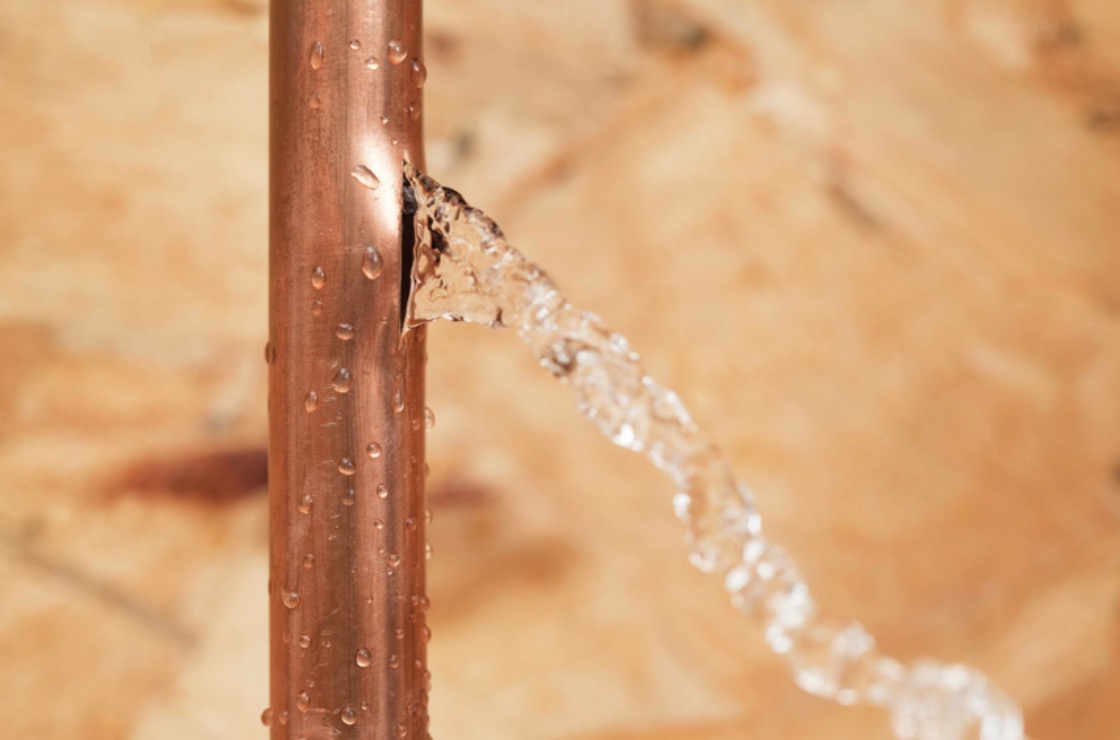Learn About 6 Principal Factors For Water Leaks at Home
Learn About 6 Principal Factors For Water Leaks at Home
Blog Article
What're your beliefs on Common Water Leaks In House?

Leakages not only cause waste of water yet can additionally trigger unnecessary damages to your residence as well as promote undesirable organic growth. By recognizing as well as looking for day-to-day scenarios that cause leakages, you can secure your home from future leaks and also unneeded damage.
Instantaneous temperature changes.
Severe temperature level modifications in our pipelines can cause them to broaden and acquire all of a sudden. This expansion as well as tightening may trigger cracks in the pipes, specifically if the temperature are below cold.
Corroded water supply
As time passes by, your plumbing system ages as well as corrosion such as corrosion might start eating away the pipes. This may be the reason for staining or bending on your water pipes. This calls for an evaluation with your plumber instantly. Take into consideration changing the pipes because they are at a greater threat of corrosion than the more recent versions if our plumbing system is old.
Defective Pipe Joints
Pipeline joints can degrade over time, resulting in water leakages. If you have noisy pipes that make ticking or banging noises, especially when the warm water is transformed on, your pipeline joints are most likely under a great deal of pressure.
Encroaching origins
The majority of water leakages start outside the house rather than inside it. If you see an abrupt decline in water pressure, claim in your faucet, take some time to head out and also analyze your lawn. You might see damp patches or sinkholes in your lawn, and that could indicate that tree roots are invading water lines creating water to leak out. You can have your plumber check for intrusion, especially if you have trees or hedges near your residential or commercial property.
Poor Water Connectors
Sometimes, a leak can be caused by loose pipes and pipelines that supply your home appliances. Usually, moving is what creates the loose water Links. You could find in the case of a washing maker, a hose might spring a leakage because of shaking during the spin cycle. In case of a water links leak, you might discover water running straight from the supply line or puddles around your devices.
Blocked Drains
Obstructed drains might be frustrating and inconveniencing, however they can occasionally end up triggering an overflow resulting in break pipes. Keep eliminating any kind of materials that may decrease your drains pipes that could block them to prevent such aggravations.
All the above are causes of leakages yet not all water leakages result from plumbing leaks; some leaks may originate from roofing system leaks. All leaks must be fixed immediately to avoid water damage.
Leaks not only create waste of water yet can also cause unnecessary damages to your home and promote unwanted organic growth. By recognizing and also looking for day-to-day circumstances that create leakages, you can shield your house from future leakages and unnecessary damage. Today, we will look at six leak causes that may be causing your pipes to drip.
At times, a leakage can be triggered by loosened pipes as well as pipes that supply your appliances. In case of a water connections leak, you might notice water running straight from the supply line or pools around your devices.
How To Check For Water Leak In Your Home
How To Check for Leaks
The average household's leaks can account for nearly 10,000 gallons of water wasted every year and ten percent of homes have leaks that waste 90 gallons or more per day. Common types of leaks found in the home are worn toilet flappers, dripping faucets, and other leaking valves. These types of leaks are often easy to fix, requiring only a few tools and hardware that can pay for themselves in water savings. Fixing easily corrected household water leaks can save homeowners about 10 percent on their water bills.
To check for leaks in your home, you first need to determine whether you're wasting water and then identify the source of the leak. Here are some tips for finding leaks:
Take a look at your water usage during a colder month, such as January or February. If a family of four exceeds 12,000 gallons per month, there are serious leaks.
Check your water meter before and after a two-hour period when no water is being used. If the meter changes at all, you probably have a leak.
Identify toilet leaks by placing a drop of food coloring in the toilet tank. If any color shows up in the bowl after 10 minutes, you have a leak. (Be sure to flush immediately after the experiment to avoid staining the tank.)
Examine faucet gaskets and pipe fittings for any water on the outside of the pipe to check for surface leaks.
Undetected water leaks can happen without the home or business owner even realizing. If you suspect a water leak, but not able to find the source. It is time to contact a professional water leak detection service, The Leak Doctor.
How To Find a Water Leak In Your Home
https://www.leakdoctor.com/blog/How-To-Check-For-Water-Leak-In-Your-Home_AE197.html

Do you really like reading about How to Find Water Leaks? Place a remark further down. We will be glad to see your opinions about this blog post. We are looking forward that you visit us again soon. Sharing is good. One never knows, you might be doing someone a favor. I appreciate reading our article about Top Causes of Home Water Leaks.
Rates Report this page